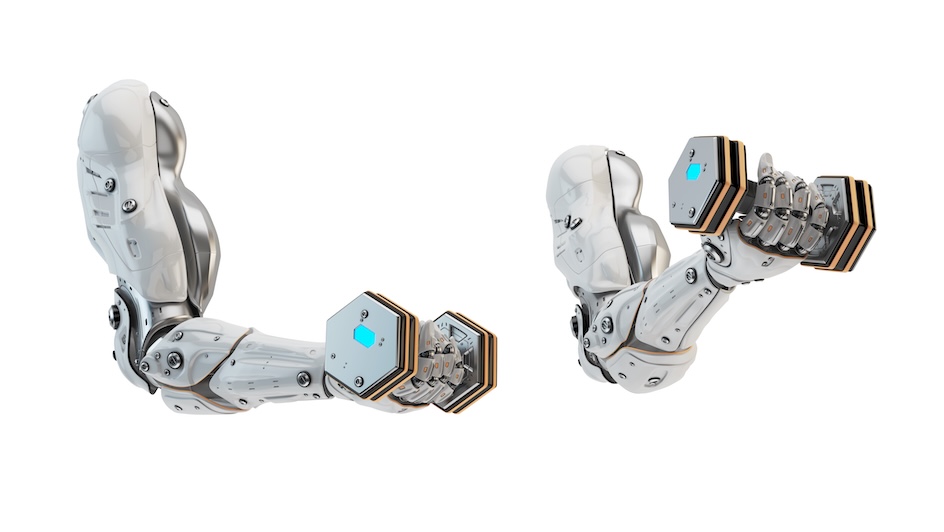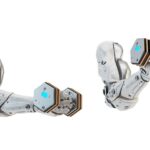Breakthrough as Scientists Develop Robotic Muscles

Researchers from the Ulsan National Institute of Science and Technology (UNIST) in South Korea have developed an artificial muscle capable of shifting between soft and rigid states, marking a major breakthrough in soft robotics.
The team, led by Professor Hoon Eui Jeong from UNIST’s Department of Mechanical Engineering, created a magnetic composite muscle that weighs just 1.25 grams and can support up to five kilograms, which is roughly 4 000 times its own weight.
The material mimics biological muscle, stiffening when bearing loads and softening for contraction, allowing for both strength and flexibility.
The robotic muscle’s secret lies in a dual cross-linked polymer network, combining covalent bonds for structural integrity with thermally responsive physical interactions for stretchability.
Surface-treated magnetic microparticles are embedded throughout, enabling remote manipulation via magnetic fields. This design allows rapid, precise movements such as lifting, bending and twisting.
The new material’s stiffness can change by 2 700 times, and it achieves an actuation strain of 86.4%, over twice that of a human muscle. It also sports an impressive energy efficiency of 90.9% over biological tissue. A vibration-damping hydrogel layer further enhances control during rapid motion.
Professor Jeong highlighted: “This research overcomes the fundamental limitation where traditional artificial muscles are either highly stretchable but weak, or strong but stiff.”
He added: “Our composite material can do both.”
Professor Jeong’s team has effectively paved the way for soft robots, wearable devices and prosthetics that can move and adapt with human-like precision.


























Go Social
SocialNew Social Releases – Check them out NOW! N$3/day subscription
TikTok Content
SocialNew content for your TikTok - Watch NOW!
Weird ’n Wacky
FunHilarious video clips featuring animals, sports, food, & more!
Status Hub
SocialTrend on WhatsApp with these statuses!
Social Trending
SocialWant Top Trending Stickers and WhatsApp Stories!?